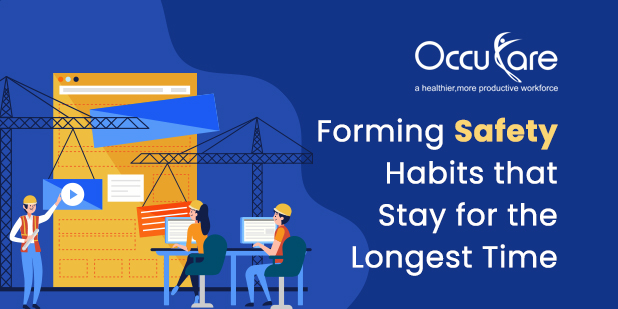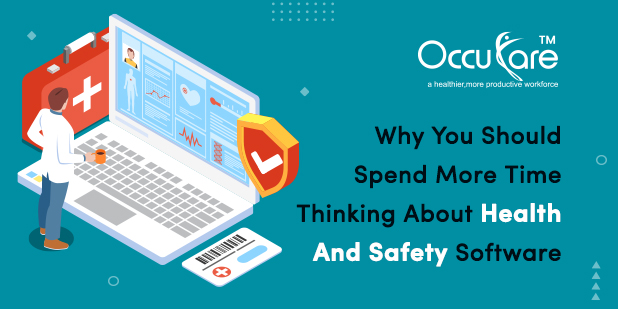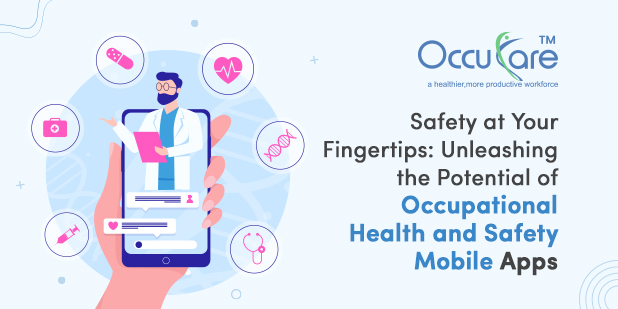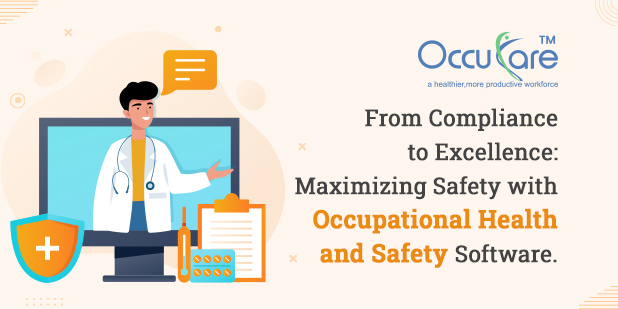Safety habits are performed by employees many times that it becomes a natural part of every day. Let’s see the safety habits that are very useful in our daily routine when present in the workplace. Have a look at the best health and safety management software in India.
1. Positive and Safe thinking
The first step toward safety is to change your mentality. Before you begin working, you must consider your safety.
Do the following to be safe.
Identifying the safety hazards. Hazards are items or behaviours that have the potential to harm someone. Identifying and eliminating dangerous hazards before they occur is a good practice. This requires you to consider hazards very seriously before you begin your work.
Learning Attitude. Be willing to learn new things. Don’t act as if you know everything there is to know about safety. Everyone should be taught and reminded about safety on a daily basis; otherwise, individuals would become careless or lazy. For the sake of yourself and your employees, think and act safely.
2. Thinking about colleague safety. Be willing to learn new things. Don’t act as if you know everything there is to know about safety. Everyone should be taught and reminded about safety on a daily basis; otherwise, individuals would become careless or lazy. For the sake of yourself and your employees, think and act safely.
3. When you are injured, the manager should know. When people are injured, they may try to conceal the injury so that they can continue to work. Workers are concerned about losing their shifts and income, or worse, their jobs. As a result, they may continue to work, causing the injury to worsen. They will eventually need to take time off work to recover. Because the damage was not treated right away, it will take longer to recover.
4. Most common on-the-job injuries should be avoided. Physical exertion is the most common on-the-job injury in India. Exercising your body beyond its capabilities is known as physical exertion. In most cases, this results in an injury. The most common workplace injuries are Sprains, strains, and rips. Injuries should be reported mandatory and health and safety management software enable the user to report any injury report through health & safety management software. Health and safety software helps to track all the injuries that occurred in the occupational health center or any other industry.
5. The spine, wrists, and ankles are also the most commonly injured body components among workers. Pay attention to your body. When you feel like you’re pushing your body too much, take a break. Take a break for a few moments. Efforts should be made for stretching muscles so that flexibility is maintained. Make alterations. When you’re doing the same exercise over and over, and you’re using the same muscles, be cautious. Your muscles and joints will be harmed. Pause for a moment. Make an unusual move. Then return to complete the activity later. During your shift, try to use a variety of muscles. Stretch frequently.
6. Confirm when in doubt. Because English is difficult to grasp, newcomers may not understand workplace safety. They don’t want to inquire because they don’t want their coworkers to believe they’re bad at English. You must inquire if you don’t comprehend someone or something concerning safety. Your coworkers will have greater faith in you if you ask. They’ll realize that you want to work in a safe environment. Remember that you are responsible for your personal safety as well as the safety of your coworkers. You are accountable if you make a mistake that causes harm to a coworker.
7. Saying no to dangerous work or unsafe work. “I apologize. I am unable to perform this task because I believe it is hazardous to myself and the team.” This is what you tell your boss, team, or coworker if they ask you to perform anything dangerous. You have the freedom to refuse dangerous work in India. In reality, Occupational Health & Safety software laws require you to refuse a dangerous job. If you don’t say no, your safety and the safety of your coworkers are in danger. Your boss must always verify that you are qualified and capable of performing the job. If you are not qualified, you will either need to undergo training or work with a qualified colleague. Make sure you don’t mix up dangerous work with your usual responsibilities. This is not dangerous work, for example, if you have to work high above the ground and are afraid of heights. It’s only dangerous if you don’t have the necessary training or safety equipment (equipment). It could also be dangerous if the weather is terrible (e.g. stormy weather).
8. Wearing personal protective equipment. One of the most critical occupational safety procedures is the use of personal protective equipment (PPE). Personal protective equipment (PPE) is used to keep your body safe. Protecting your head, eyes, ears, hands, feet, and legs with PPE is a must. Hard hats, goggles, masks, masks, earplugs, gloves, bodysuits, and boots are among the items included. Respirators, harnesses, and lifelines are examples of PPE. Always put on your personal protective equipment. The head, hands, and face account for about half of all industrial injuries. The majority of these injuries can be avoided or reduced by wearing personal protective equipment.
9. Hazard Assessment. Nobody knows when an accident or incident will occur. However, by conducting a danger assessment, you can help to prevent them. A “hazard assessment” is the process of identifying potential hazards in the workplace. It is completed at the start of your shift. A piece of wood with a protruding nail or wet and slick floors in an area where workers go through are examples of risks. As they work, responsible workers continue to look for and prevent risks, which they eliminate or report.
A danger evaluation can be completed in the following manner:
Step 1: Make a list of any potential hazards or accidents that could occur.
Step 2: Determine the severity of each hazard. Determine the level of danger: high, medium, or low.
Controlling the hazard is the third step. Make all the possible efforts for reducing or eliminating the risk.
A danger assessment form should be available in your company. This is a paper that you fill out at the beginning of each shift. You can do a danger assessment on your own if it is not a standard component of your job.



